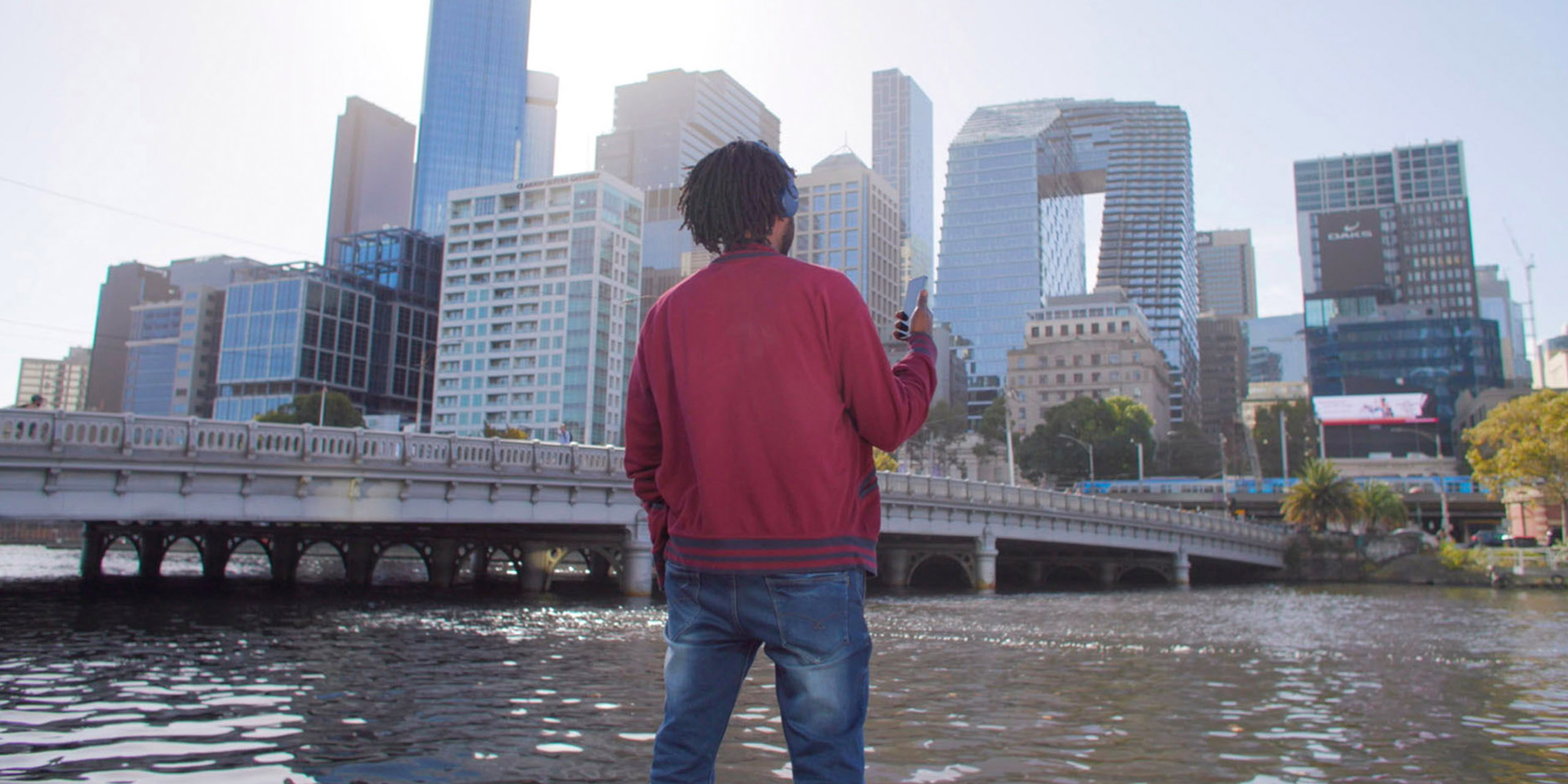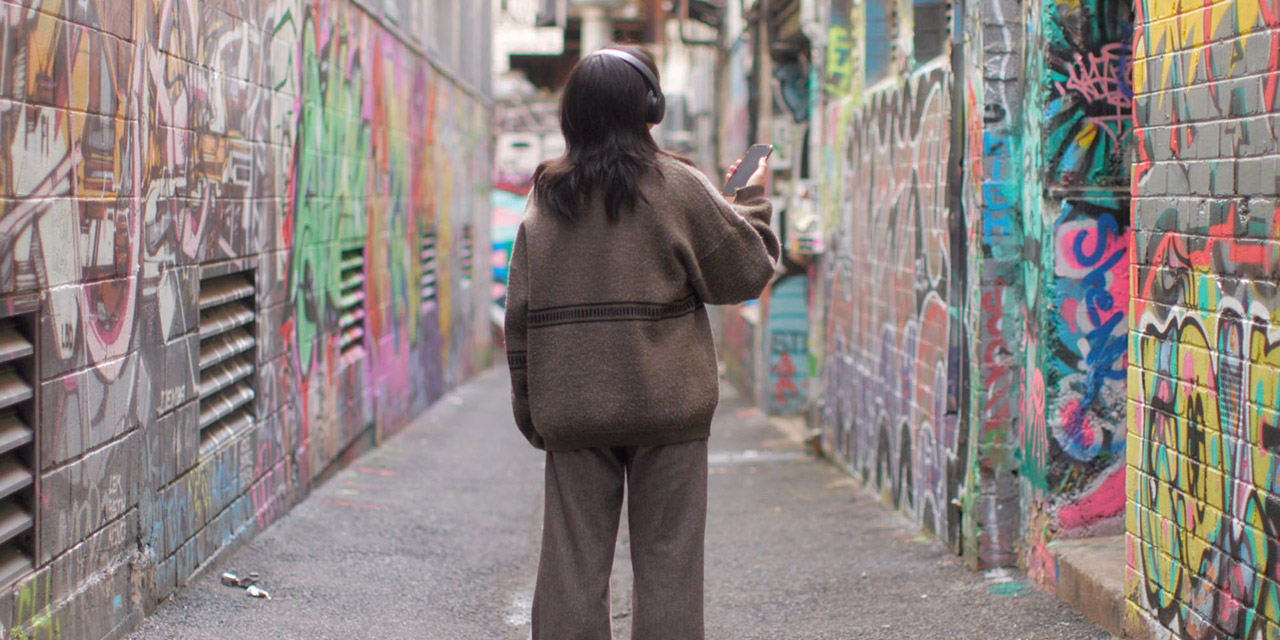In response to the ambitious brief, a cross-disciplinary team came together to workshop multiple situations combining the four elements of a ‘way of being’: play, place, language and emotion. These were explored in relation to design constraints: imagining different types of players, a typology of possible locations, the affordances of mobile devices, and the constraints and opportunities of consumer-level augmented reality. A proof of technology and short video mapping the core game loop and user experience was produced to pitch the project.
The team brought together knowledge and experience in public art, game design and live art. The collaboration meant developing a bespoke design process that blended game development, dramaturgy and performance, music, research, sound design and visual art. Starting with game development as the lead creative methodology, a draft design document informed development of a ‘vertical slice’ representing the core game loop - consisting of listening, and being led, to an augmented reality encounter. This was playtested before moving to the next stage.
A key decision in the design allowing the project to scale to multiple situations and locations is the use of templates that were developed in consultation with the entire creative team. These made the project feasible to realise and established workflows for audio production, art and animation.
The production of content ran in parallel with technical development with key milestones driving the timeline for public playtesting, using interviews and surveys to collect feedback on the experience. At key points in the design process, interviews with speakers of over thirty languages, cultural consultation with Indigenous elders, and engagement with stakeholders in local government and cultural institutions uncovered stories and knowledge about locations planned in the journey.
Finally, the completed journey was playtested with a diverse group of participants before being launched to the public.









